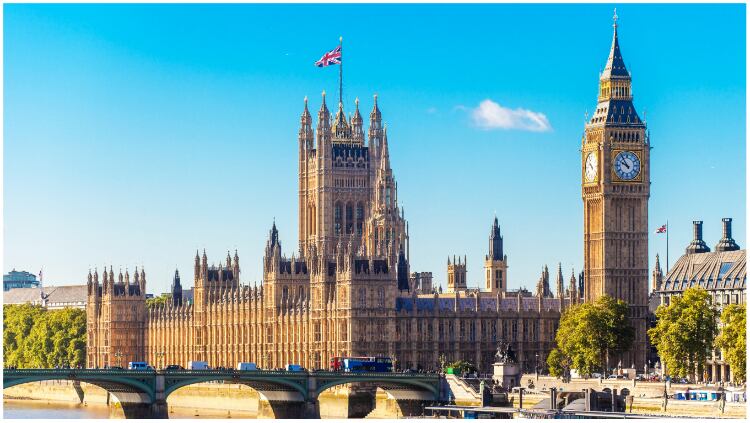According to UKH, the industry generated one in six new jobs within the year, equating to an increase of 133,000 new roles, driving total employment in hospitality up 6% to nearly 2.5m.
Furthermore, the figures from ONS, released today (Tuesday 13 September), showed total UK unemployment rates had fallen 0.2 percentage points to 3.6% between May and July 2022 – the lowest level since 1974.
UKH CEO Kate Nicholls said: “Vacancies in the sector remain high, close to double pre-pandemic levels.
“At the same time vacancies across the economy are 20% higher than a year ago, demonstrating how inherent problems in the labour market remain and how difficult a situation employers in the sector find themselves.
Long term solutions
“In order to ease this workforce shortage, we need to work with the Government on long term solutions such as an employment and skills strategy and to ensure Government schemes are open to all sectors; hospitality is currently excluded from initiatives such as skills bootcamps, for example.”
The total number of job vacancies across the UK between June and August 2022 stood at 1,266,000, according to ONS.
Furthermore, employees’ average total pay (including bonuses), showed 5.5% growth while growth in regular pay (excluding bonuses) was 5.2% between May and July 2022.
In real terms (adjusted for inflation), this meant over the year, total pay fell by 2.6% and regular pay fell by 2.8%.
Average regular pay growth for the private sector was 6.0% in May to July 2022, and 2.0% for the public sector; outside of the height of the coronavirus pandemic period, this was the largest difference between the sectors.
Protect jobs
During the same period, economic inactivity rates showed an increase of 0.4 percentage points to 21.7%, largely driven by those aged between 16 to 24 and 50 to 64 years of age with ONS citing studying or long-term sickness as the reasons for this.
Though this was a decrease of 34,000 on the previous quarter and the largest quarterly fall since 2020.
However, Nicholls added all this would be “for naught” without short-term support for hospitality businesses as the energy crisis continues to impact operators across the sector.
Nicholls added: “All this will be for naught, however, if the sector doesn’t receive some short-term support.
“On top of the energy price cap we need targeted support, such as VAT cut to 10% and a business rates holiday, to sustain businesses big and small and protect jobs this winter.”





